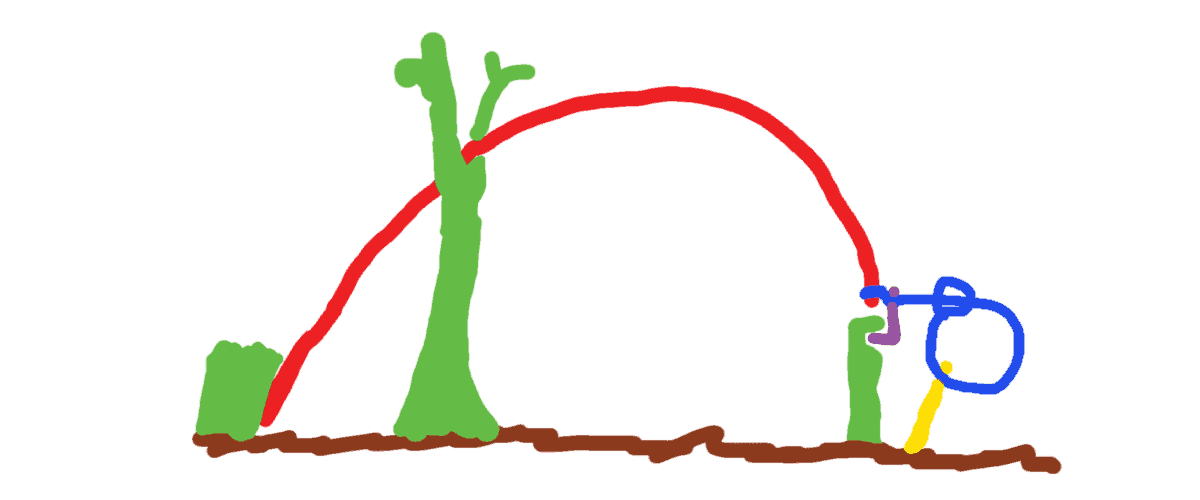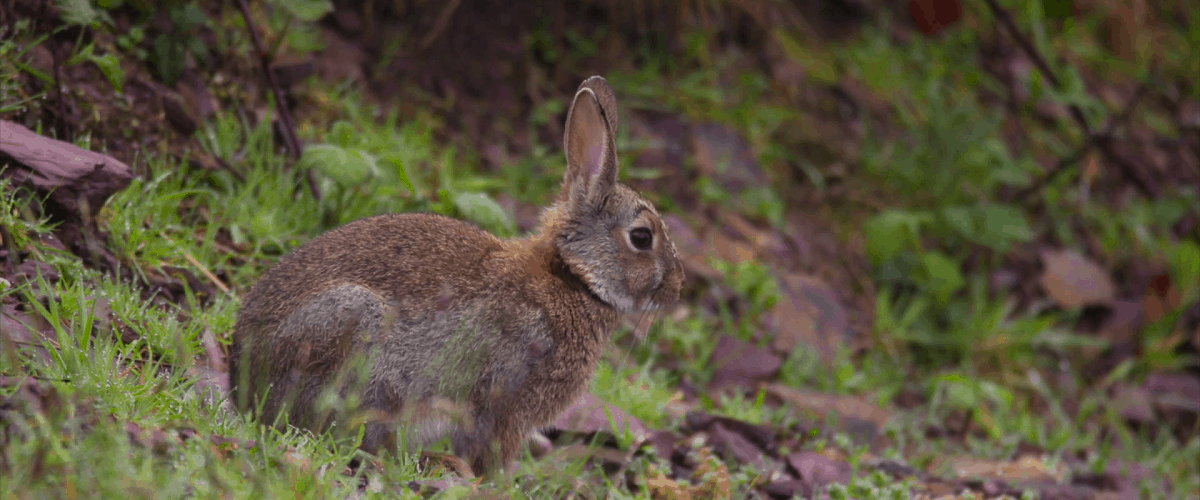Bugging out to the woods doesn’t mean you have to resort to a garden-fed vegetarian lifestyle. Trapping can provide you with a supply of fresh meats without having to dedicate the time or ammunition time to hunt wild game. With a bit of set up and regular patrols, you’ll have an effective trap network in no time.
But like any prepper skill, it requires a bit of knowledge. You need to know what kind of animals you want to catch, and what kind of traps to use for them. Rabbits, for example, are a common choice for beginners. They’re plentiful in most areas, can be lured with veggies and greens, and they’re one of the easiest animals to skin.
It’s important to note that there are legal restrictions when it comes to trapping. Some traps will be banned, while others may require they be dog-proof. While this may not matter in a SHTF scenario, please read up and follow your state laws relating to such. Obey the law, folks.
What to Know About Your Target Animal
Diet is the first thing to consider. This is so you can effectively bait your traps. Rabbits like greens and veggies on ground level, while red foxes favor small animals such as mice and voles.
Terrain and Tracks
Knowing where your target animal is going or has been can help you decide the best location to set a trap. Rabbit tracks are fairly distinctive, especially in the winter, when snow is easily disturbed. Learn to identify game trails, pathways that animals tend to favor when traveling. These are the best areas to set your trap. Rabbits in particular favor open fields full of clovers and grasses. They also tend to stay close to their shelters, which vary from burrows to bushes and logs.
Choosing a Trap
This is a somewhat complicated matter. Odds are you should settle for a purchased trap. Certain states have laws against handmade traps. Purchased traps are relatively inexpensive as well, so you might as well opt for that. We recommend a Havahart brand small trap. Though in emergency scenarios, you may need to settle for a handmade trap to survive. For this reason, we will include how to create how to make these traps. We repeat, please follow your local laws, and do not build illegal traps.
The Simple Snare

The standard handmade trap, it is essentially a noose connected to a sapling pulled tight. This provides enough tension so that when the animal struggles, it pulls the noose tight, keeping it from escaping. Refer to the image above. The blue is your cord/rope. Tie an overhand knot over itself to create the noose. Size the loop so that it is slightly larger than the animal you are wanting to trap. Then tie the end of the cord to a strong base, such as a small tree (seen in red). Finally, prop the noose loop up and open using small sticks (seen in green).
The Spring Snare

This is essentially the simple snare, but spring loaded. This one is a bit more complicated to craft, however. Place a long branch firmly into the ground, held up in the middle, as represented in red with the picture. Tie your cord to the end of the stick, with a simple noose at the end, as represented in blue. In order to hold it tight, you will also need to make a trigger. This, seen in purple, is a small, hooked item tied to the cord or branch. It will be hooked into a strong and sturdy post. Lastly, prop up the noose.
The idea is that when an animal tugs on the cord by passing through the noose. they will pull the trigger hook off of the post, freeing the branch to pull the prey up into the air.
Deadfall Traps

This is the most lethal trap. Instead of pulling the animal up, it drops a heavy object on them in order to crush them. Refer to the image. Your heavy item, like the rock, will be propped up by two sticks. The purple stick holds the weight of the item, while the green one is to set off the balance. When the animal goes under the rock, it will disturb the cord (in blue) which will move the green stick, causing the purple stick to fall and drop the rock. You’ll find this trap far more effective with bait.
If you have a box, bucket, or another container like item. you can use that instead of a rock to trap the animal non-lethally. Just be sure it’s weighted down enough that the animal cant escape.
Conclusion
Trapping game can be an effective way to get that protein needed when living off the grid. It can also be a nice way of gaining additional fur supplies. We recommend you invest in professional metal traps. Handmade traps are a complicated legality that you should avoid if possible. No matter which you choose, be sure to patrol your traps regularly. Wild game shouldn’t have to suffer. Otherwise, happy trapping!

